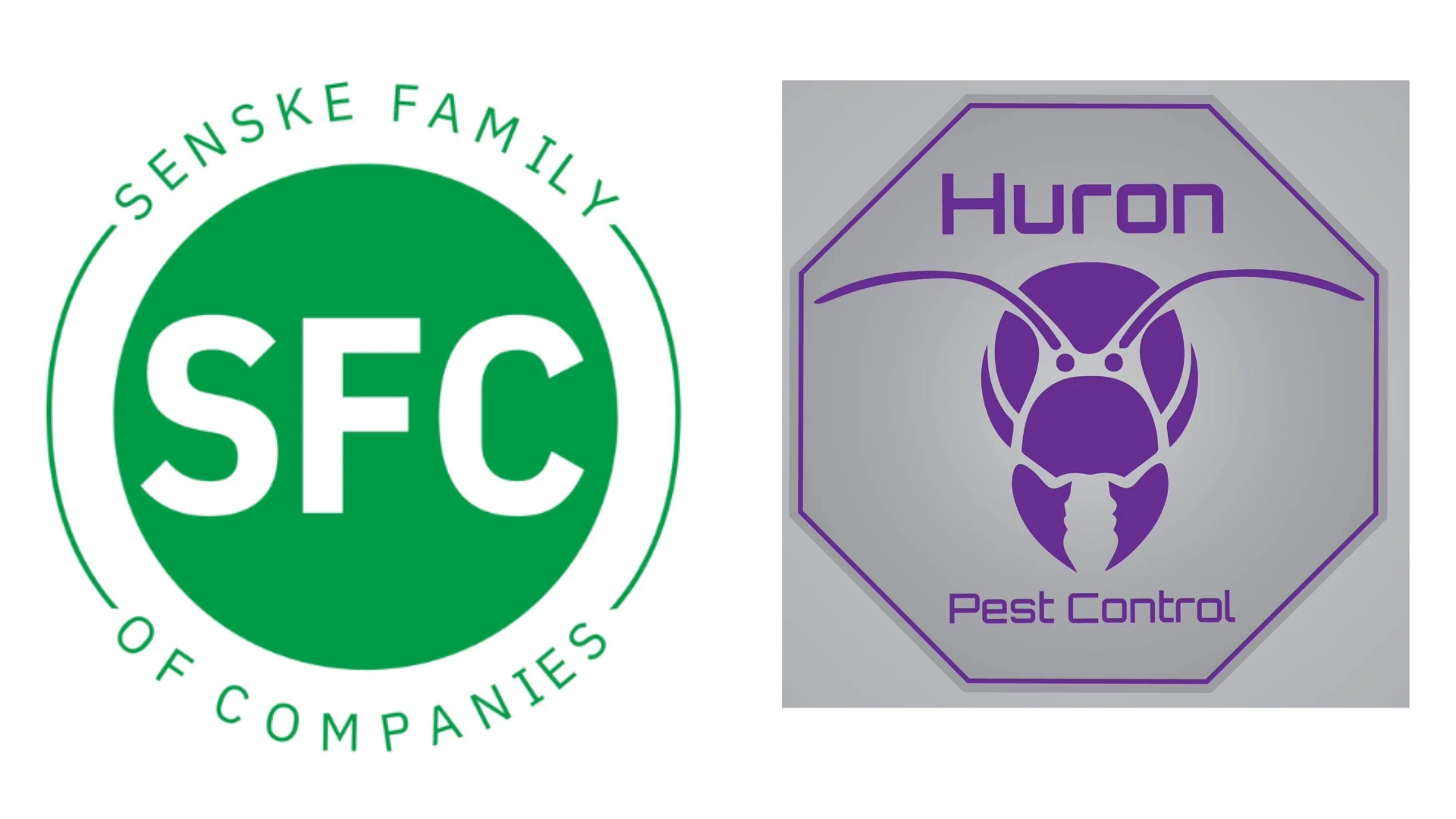This article appeared in the January1999 issue of PCT Magazine.
Keeping an up-to-date file of pesticide labels is critical to limiting your company’s liability.
When somebody sues a pest control company over a pesticide treatment, the product label usually becomes an important part of the company’s defense. According to the Federal Insecticide, Fungicide and Rodenticide Act (FIFRA) and state pesticide reg-ulations, "the label is the law," and the product label that was in force when the application was made determines whether or not the application was appropriate.
But labels frequently change and litigation often commences many months, or even years, after a treatment was made. When this happens, PCOs and their attorneys can be hard pressed to locate the label they need to defend their position. For example, a broadcast treatment with a termiticide may have been allowed when the application was made initially, but has since been removed or restricted. Or the current label for a general use product may prohibit application to a site that was permitted a year before. Here are some steps you can take today to avoid potential litigation problems:
1. MAINTAIN A FILE OF OBSOLETE LABELS.
Pesticide manufacturers maintain chronological files of the specimen labels for all of their products. So if you need the label that was in effect for "Product X" in Louisiana on March 16, 1964, you can almost always get a copy by calling the product manufacturer.
But things may not be so simple if "Product X" has been discontinued or if the company that manufactured it is out of business or has been sold or merged with another manufacturer. In such cases, you will often need to find the label elsewhere, usually either in your own files or those of an expert specializing in the proper application of pesticides. Maintaining your own label files is your best guarantee of success.
Every pest control company should have at least two sets of files containing the manufacturer’s specimen labels for every product that the company applies. The files should be in two different locations. These labels should be maintained in chronological order. Each new or updated version should be added when it arrives at your office and none of the labels should ever be thrown away, even if your company is no longer applying the product.
2. CARRY ONLY THE CURRENT LABEL.
PCOs want copies of obsolete labels in their office, not in the hands of their customers. As soon as their technicians begin using a product with a new label, PCOs need to make sure that the label books in all their vehicles contain only the new specimen label – not the old one. Then when a spill or other problems occur, the technician can give a copy of the correct label to the customer immediately. Problems can arise when customers are given labels that are obsolete.
3. BE CAREFUL WHEN USING ‘OLD’ AND ‘NEW’ LABELS AT THE SAME TIME.
PCOs who are already using a product generally have ‘old’ product with the ‘old’ label on hand when the new label comes out. In addition to training their people on the important changes in the label, they usually try to use up their inventory of ‘old’ product, carrying the ‘old’ label before starting to use products featuring the ‘new’ label. This is difficult to do with 100 percent accuracy, especially when companies have multiple branches, with many technicians and service vehicles. It is not unusual for a company’s technicians to be applying products with either the old or the new label in different accounts at the same time. Although both kinds of applications are legal, if litigation ever results from any of these applications, it may be difficult or impossible to determine which label was involved. This can be critical if the label changes prevent the two products from being used in exactly the same way.
In addition, when the new label is more restrictive, many PCOs will decide to keep a small amount of the old product on hand for "difficult jobs" where the older, more flexible label will help insure success. Which label was used will almost certainly be an issue if litigation arises from any of these treatments.
What can PCOs do to prevent problems when they are using the same product under two different labels at the same time? One way is to record the label code on the work ticket or any other relevant paperwork for all jobs involving the older, usually less restrictive, label beginning on the first day that the new label is used. Any job without a label code automatically becomes a job that was done with the newer label. Every manufacturer has a label code somewhere on their specimen labels.
Being able to tell quickly and exactly which label was in force when you did a particular job three months ago or 10 years ago may not seem important to your business today, but it can turn out to be critical in the future.
The author is president of Rotramel Technical Services, Chicago, Ill.

Explore the January 1999 Issue
Check out more from this issue and find your next story to read.
Latest from Pest Control Technology
- Webinar: Employee Incentives — Going Beyond the Annual Raise
- Pest Control Companies Helping Neighbors in Need Eradicate Bed Bugs
- Why Does Marketing Feel So Opaque?
- How Did This Pest Get Its Name?
- Rose Pest Solutions Honors Top Performers with Annual Chief’s Club Awards
- Doug Foster on Termite Control Equipment, Resources
- Pest Control Consultants Acquires EcoGuard Pest Control
- Pest Index Increased 9 Percent YOY in February





